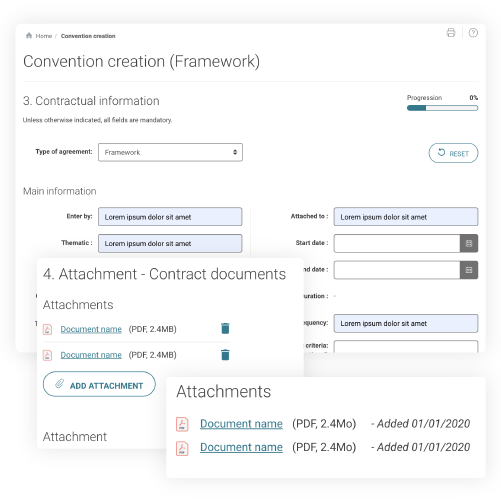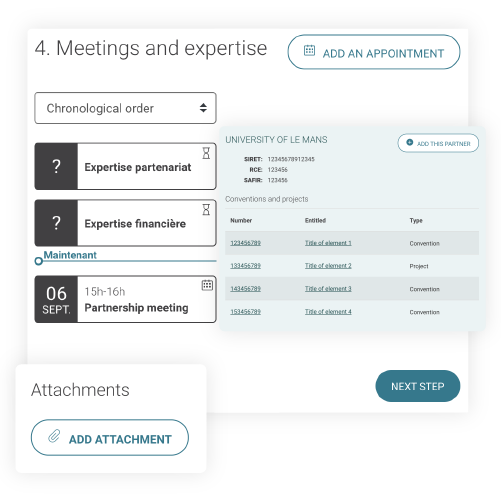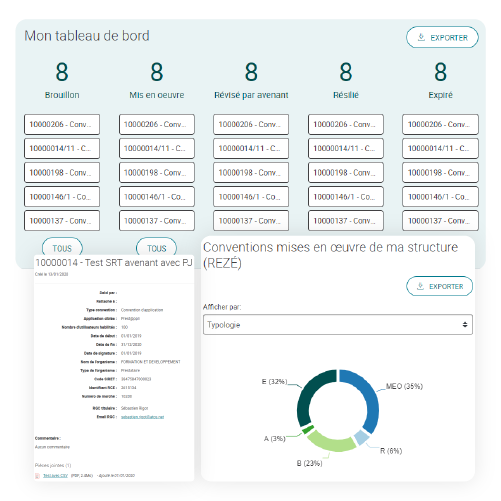Service marketplaces for projects or complex tasks, like Upwork, can’t rely on the standardised execution and pricing of on-demand services, like Uber. They must therefore keep their users engaged by offering sufficient value and convenience via workflow tools, like a Request for Proposal (RFP) feature.
The main goal of any marketplace RFP tool should be to expedite the soliciting and reviewing of bids from potential service providers. This is complicated by the fact that selecting a suitable service provider is usually based on more factors than just price.
A basic RFP should therefore include: organisational background, the scope of work (i.e. tasks to be performed and their timelines), specifications (e.g. government regulations), evaluation criteria (e.g. business certifications, capacity, experience), proposal format and process, and contract terms.
It’s important that the Request for Proposal mechanism aligns properly with your users’ business needs. Procuring services for a private event, for instance, will follow a different format and process than that for a large engineering project with more onerous requirements.
Our client, Atos, needed us to integrate an RFP tool into the complex project management workflow of a large public institution. The goal was to manage project allocation in an efficient and transparent manner. The solution we developed allows users to invite service providers directly from the projects they create, making it easier to share project details, goals and timelines. We customised some aspects to streamline the user experience:
- Granular search for suitable service providers via attributes such as contractor type or location.
- Scope of work fields are preformatted in a detailed and structured manner.
- Project owners can link technical documents and a pre-planned meeting schedule to the RFP.
- Once the service providers have been selected, their contracts can also be linked to the RFP.
Do you have a list of features in mind?
We can help you select and implement the right features for your marketplace.


